Noise-Free Patch Clamping
Smooth and stable flow
No noise caused by pulsatile flow
Control over low flow rates
Easily control flow rates below 1µL/min
Easy reversible flow
Switch between vacuum and flow
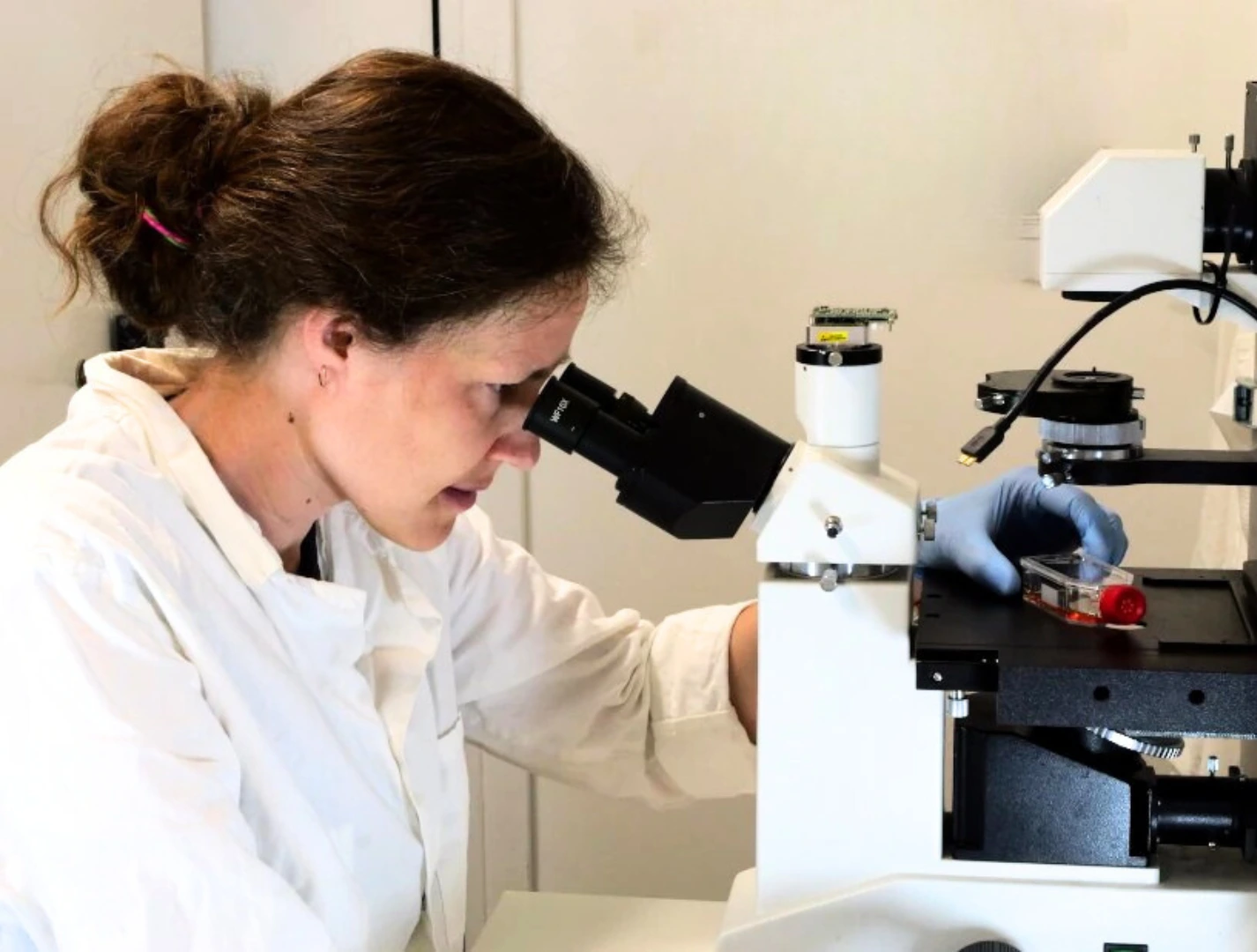
Need a microfluidic SME partner for your Horizon Europe project?
Patch clamp: a short introduction
Briefly, a glass electrode containing the appropriate medium is placed at the cell membrane. Applying suction to the electrode will form a seal with the membrane. If the membrane remains intact, it is possible to record the activity of ion channels present in the patch of membrane that is in contact with the electrode. If the membrane is intentionally broken, whole-cell readings become possible, with the electrode acting as part of the cell. It is also possible to control the voltage or the current applied to the cell and record its responses, or detach a particular patch of membrane and study different interactions with the electrode.
Current patch clamping setups
This single-cell interaction is extremely sensitive to fluctuations in flow, and the seal can be lost due to the pulsatile nature of the peristaltic pump motion.
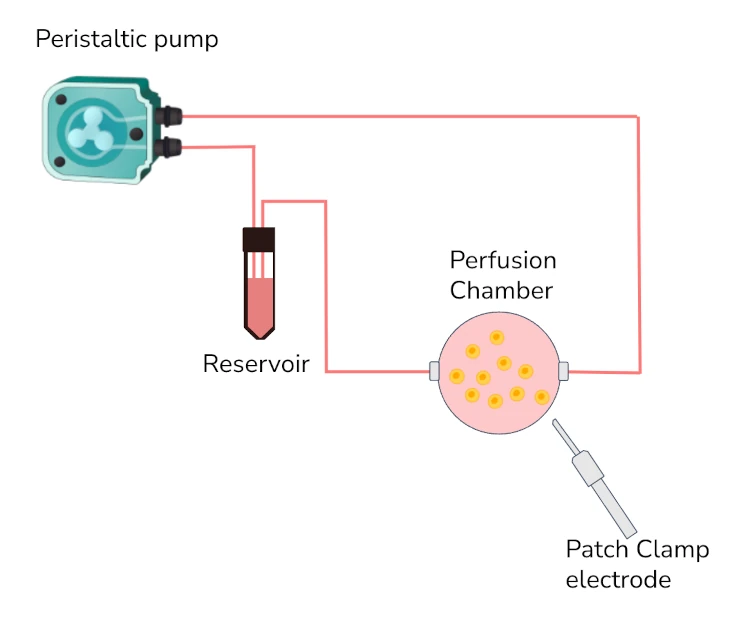
An improved protocol for patch clamping
Flow rates are easily controlled through its screen, going below 1 µl/min, for localized measurements, or higher, for whole cell experiments. It is also possible to reverse the flow if the goal is to release the cell without breaking the membrane.

Setup
Mini pump
Reservoirs
Glass electrode
Patch clamp amplifiers and readers
The main aim of our setup is to change as little as possible from the conventional technique, with few adjustments to be done, while benefitting from considerable improvements. Thus, the mini pump was designed to simply replace the peristaltic pump, without the need to change or adapt anything else.
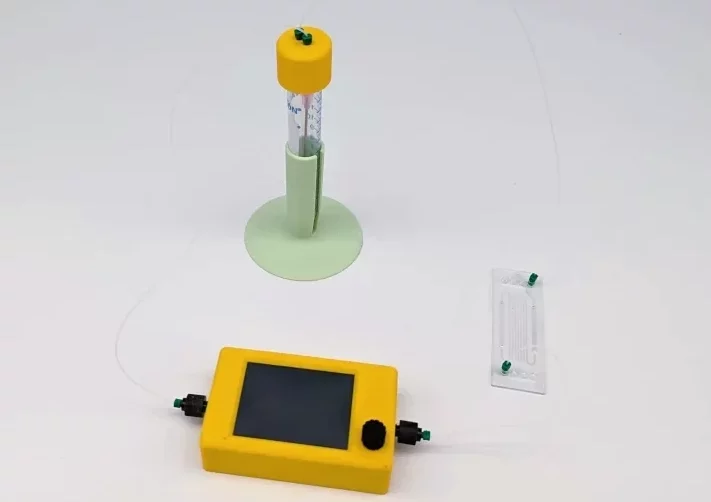
Mini pump applications
Some applications of our microfluidic cell culture system include:
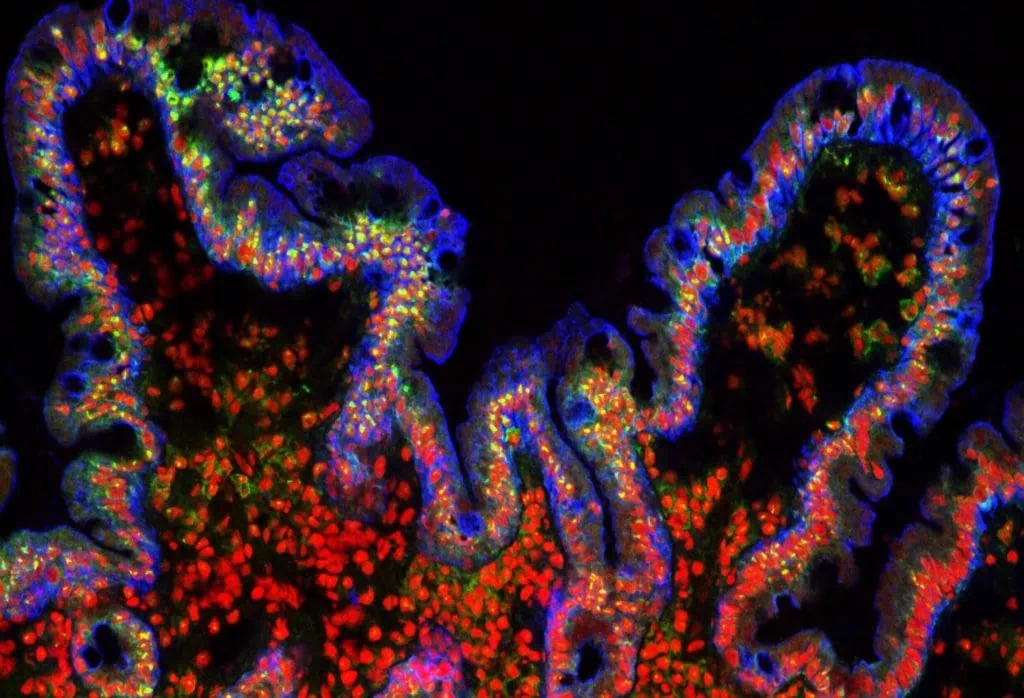
Gut-on-a-chip pack
Intestinal cells coculture under flow, mimicking the gut physiology
✓ All microfluidic pieces included, quick and easy assembly
✓ Dynamic culture conditions
✓ Advanced in viro/ex vivo
Gut-on-chip
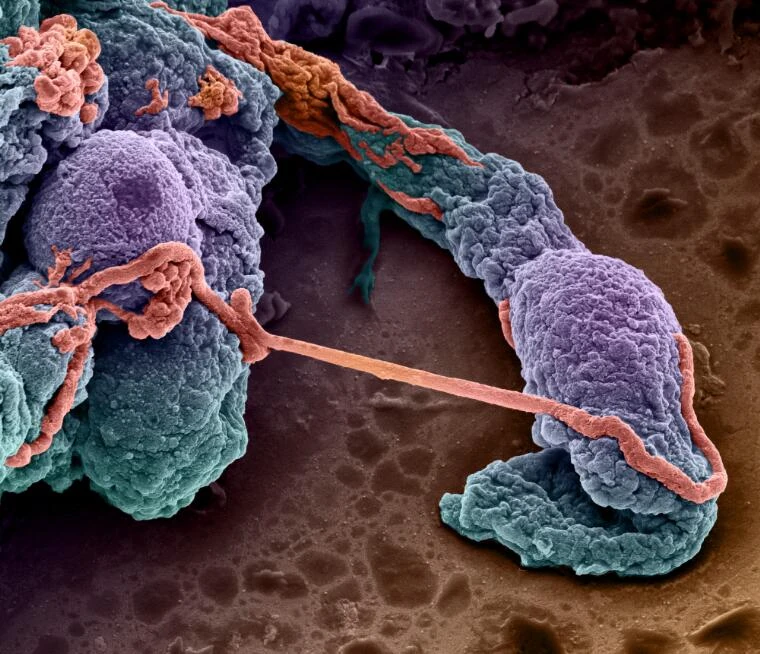
Blood-brain barrier on chip
Plug-and-play instrument pack for long term BBB on a chip study
✓ Relevant microenvironment
✓ Automatized organ-on-chip perfusion
✓ Plug-and-play microfluidic platform
Blood-brain Barrier on Chip
AFM live cell imaging
Electrophysiological studies, such as voltage clamp, whole cell patch clamp, current clamp, etc.
And many more!
Patch clamping with the mini pump
Considering that the setup remains mostly the same as a conventional patch clamping experiment, here we focus on the the technical specifications of the mini pump:
| Technical Specifications | |
|---|---|
| Flow rates | down to 1 µL/min |
| Wetted material | Polyphenylsulfone (PPSU) or stainless steel |
| Operating Temperature | 5-50 °C |
| Maximum pressure | up to 500 mbar |
Frequently asked questions
What is the working principle of the mini pump?
The mini pump has a piezoelectric mechanism.
Can the mini pump be used near/on top of a microscope stage?
Yes, the mini pump was designed to withstand high temperatures and humidity. It could be placed inside an incubator if needed.
What is the maximum flow rate that can be applied?
The system works well with the range of 0-5ml/min.




